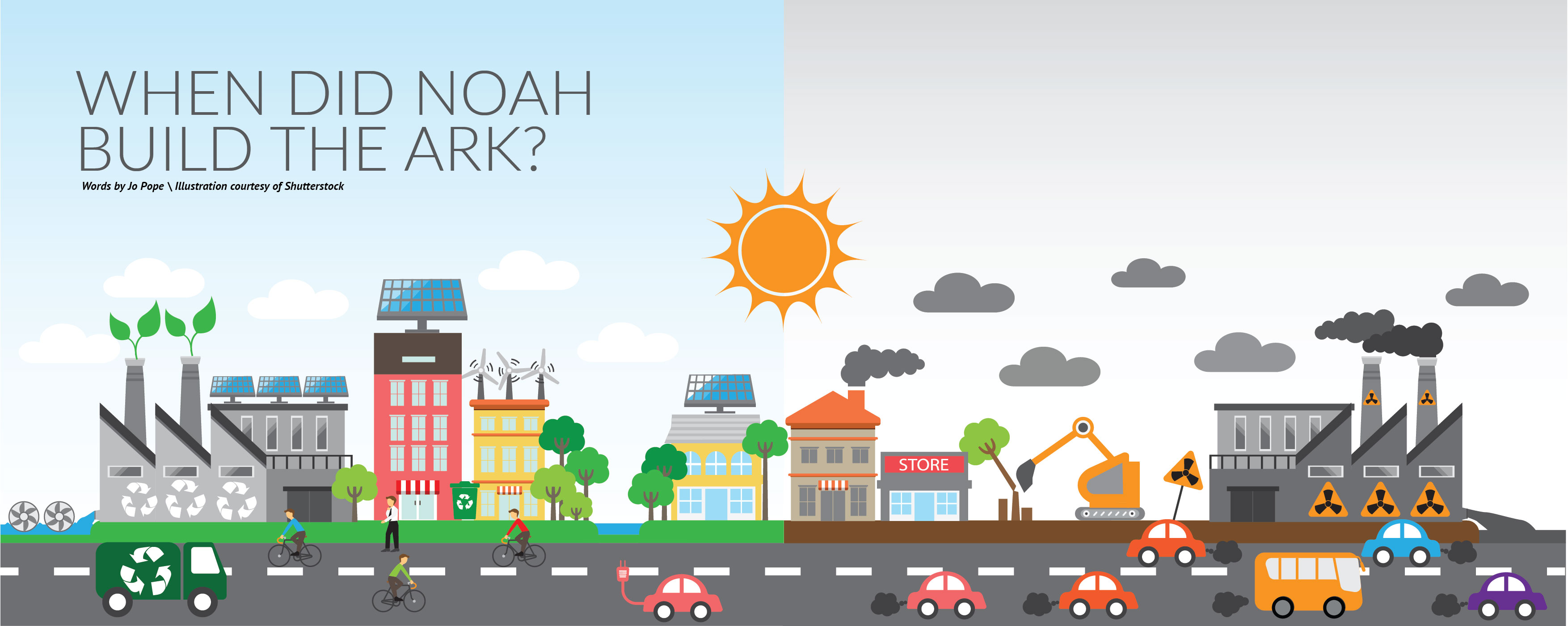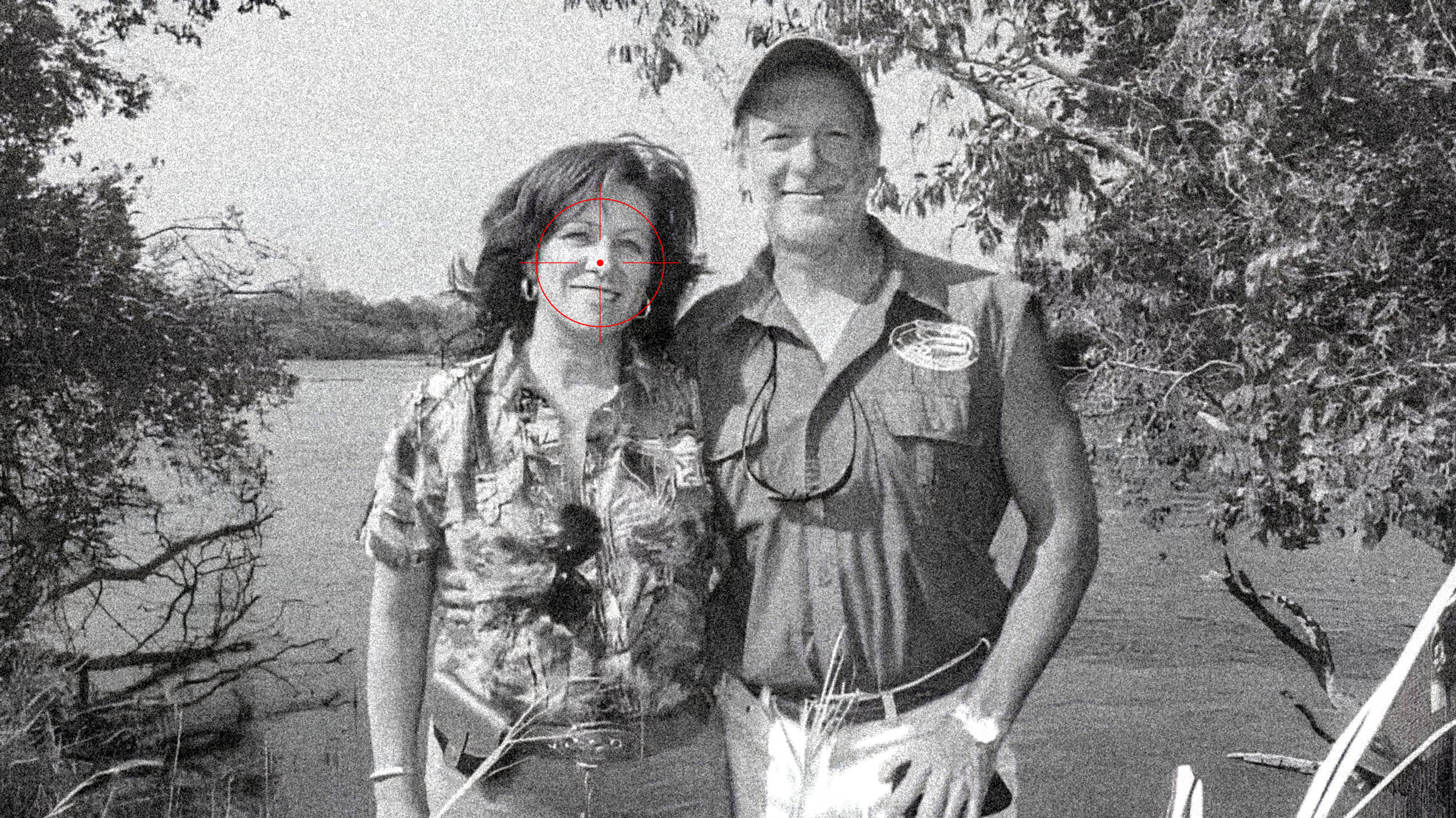Watching the 90-minute documentary “Before the Flood”, produced and presented by UN Messenger of Peace and Oscar winning actor, Leonard DiCaprio, is a sobering experience. The film is about the causes and effects of climate change. As he globetrots to climate change hot spots, he interviews scientists and politicians. The message is clear, we are in the unchartered waters of the effects of climate change and commercial interest is lurking in the background of anyone who tells you otherwise. The use of fossil fuels (oil, natural gas and coal) is the biggest contributor to the carbon dioxide emissions. Another significant contributor is the burning of tropical forests for agriculture, notably the Amazon Rainforest for cattle farms and the Indonesian forests for palm oil. Trees absorb and store carbon so the destruction of these forests not only remove carbon “sinks” but as fire is used to clear the forests the stored carbon is release. A study in 2015 indicated that the daily carbon emissions of the forest fires of Indonesia were higher than the average daily emission of the USA economy.
Prior to the industrial revolution the atmospheric carbon was 280 parts CO2 per million parts of atmosphere (“ppm”). This has now passed the 400 ppm mark and the Earth has warmed ~ 1°C (1.5°F) in response. If the current rate of fossil fuel burning and other causes go unabated, it is estimated this will result in a further rise of ~4°C by the end of the century. Feed all the facts into a climate change computer model, it will indicate that life on Earth will be close to an Armageddon movie. Mankind should simply be saying a unanimous “not an option”. We still have a window of opportunity to reverse this process and there are indeed solutions.
Two things need to happen. First is technology innovation which is already moving at breakneck speed. Today our personal smartphone has more computer power than the rockets that first took man to the moon, nearly fifty years ago.
Stanford University in USA, using advanced computing models, claim that it is possible with the existing wind, water and solar technologies, for the entire world to move to 80% clean, renewable energy by 2030 and 100% by 2050. This includes all energy requirements – electricity, transportation, heating & cooling, industry, and food production.
A new innovation? A new “spray on” or “thin-film” solar technology is being developed and unlike the rigid panels, they’re flexible and can be used on many surfaces like windows, sides of buildings, cars, computers. A German architect believes he has a solution that can “squeeze more juice out of the sun” and has designed a spherical sun power generator prototype called the beta.ray. The futuristic design is fully rotational and is suitable for inclined surfaces, walls of buildings, and anywhere with access to the sky. A French company has developed tree-shaped wind turbines. The company’s founder came up with the idea when he “saw the leaves tremble when there was not a breath of air.” He hopes the trees can be used to exploit small air currents flowing along buildings and streets. And then there are the giants of innovation, including Elon Musk. From his electric car Tesler to revolutionizing battery technology, not to mention space travel, this man has a huge impact on our future. Finally, “fusion energy” is expected to be available to us by the middle of this century and this should move us into a new energy world. So, it is possible to fully move away from fossil fuels to the clean energies and scientists say this simply must happen within 30 years.
The second essential ingredient is “human will”. At the Paris climate conference in December 2015, 40 years after the first such meeting, 195 countries adopted the first-ever universal global climate deal. Only war-torn Syria and low-level emitting Nicaragua did not sign in 2015 but have since started the process. This is a considerable step in the right direction but now the real work begins – ensuring every country commits to their pledge.
Although the United States of America has subsequently declared it rejects the accord, despite being the world’s second largest carbon emitter after China (although per capita this ranking is reversed) the world, bar one country, is working together on climate change.
So, when did Noah build the ark? BEFORE THE FLOOD.








